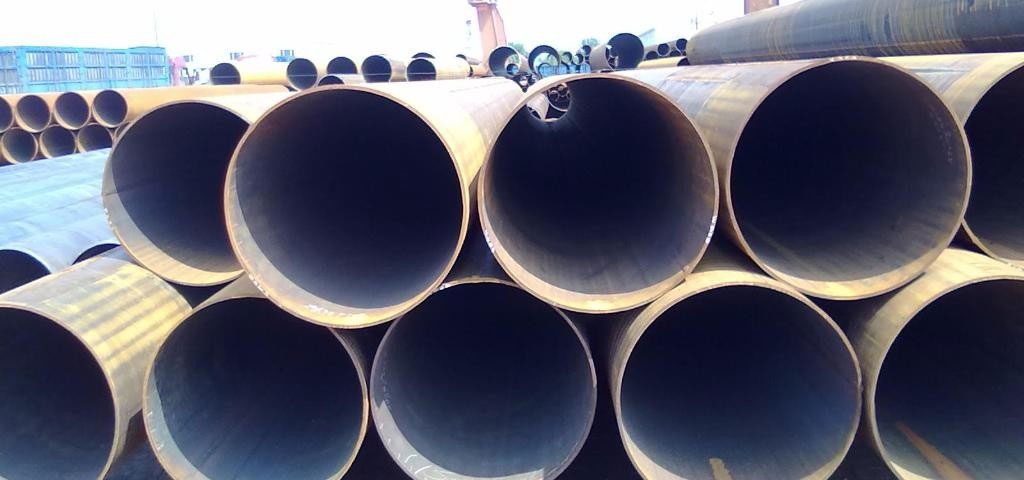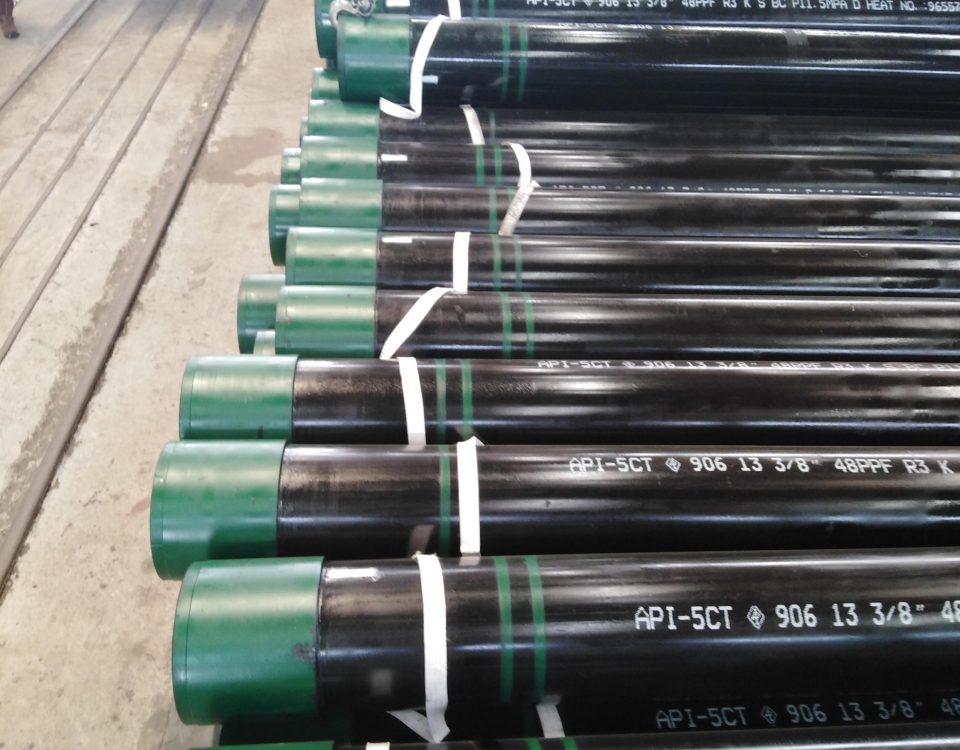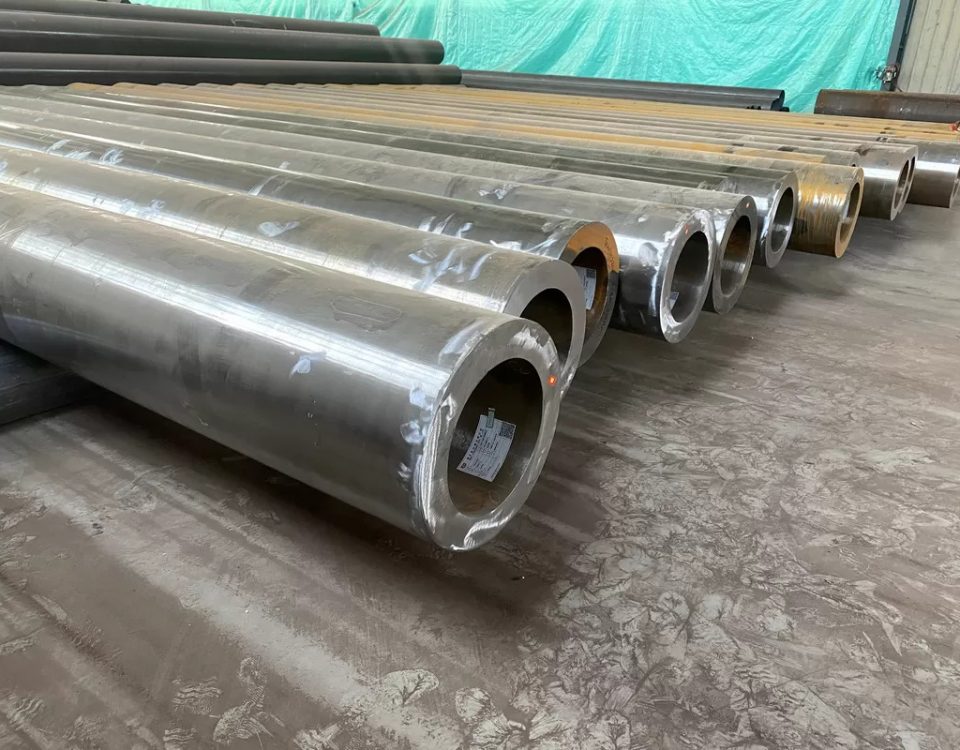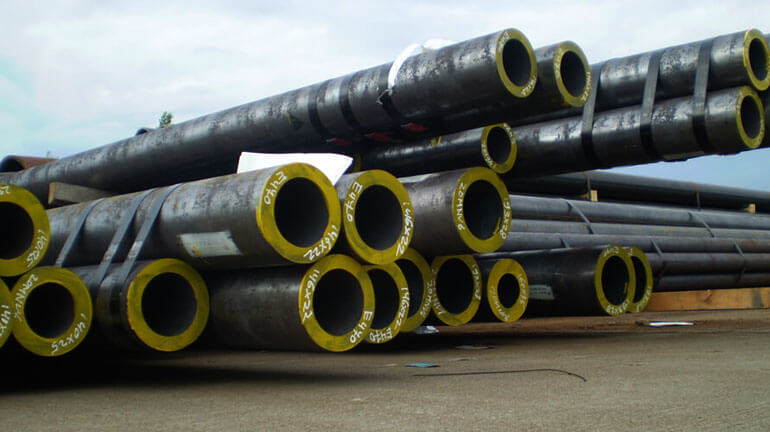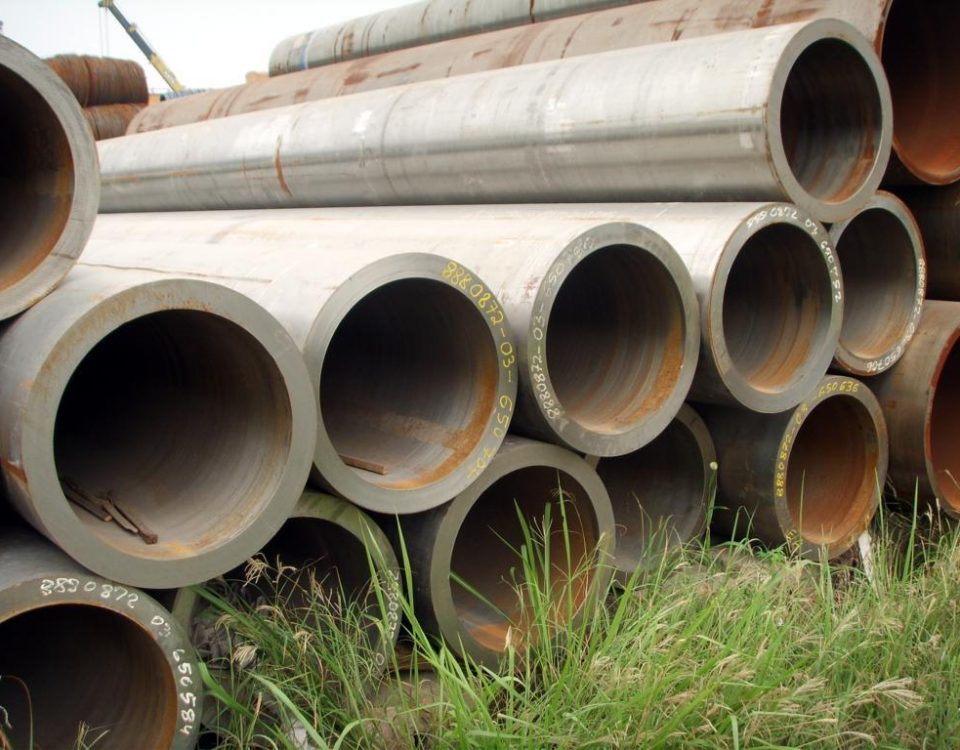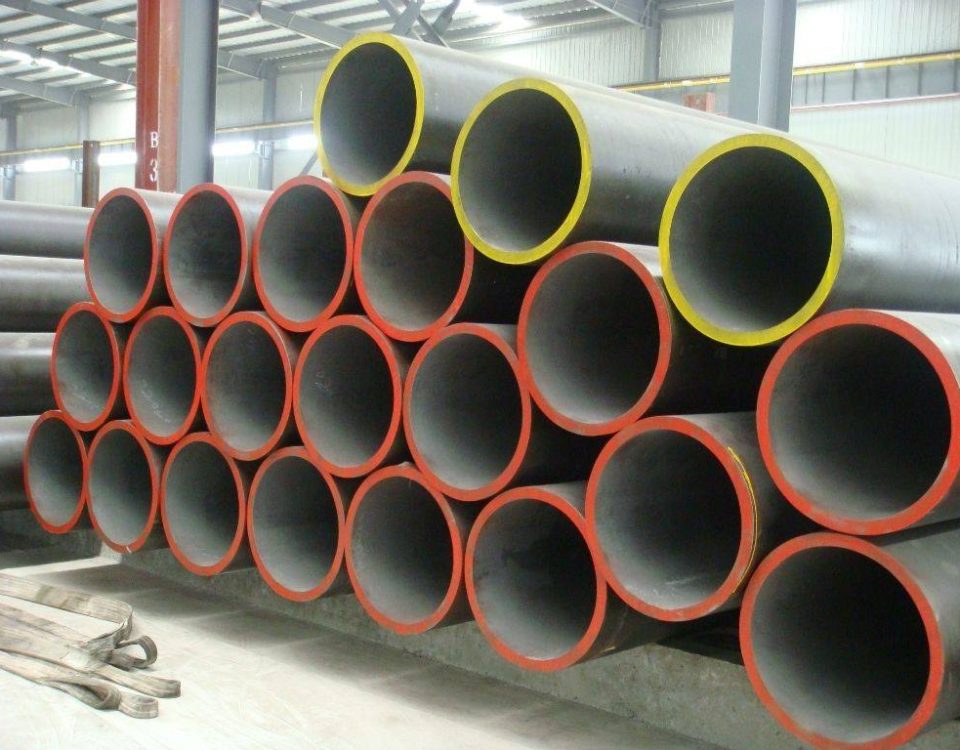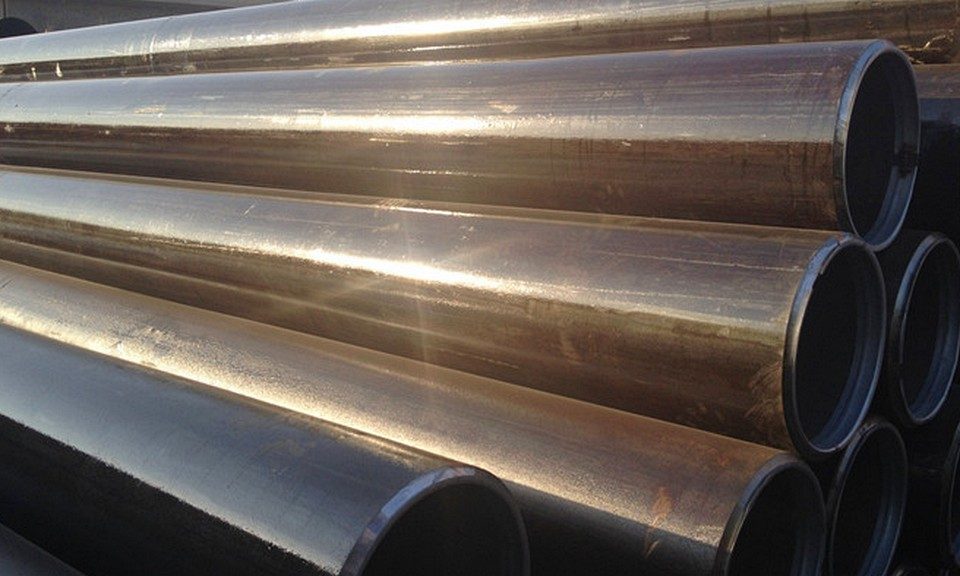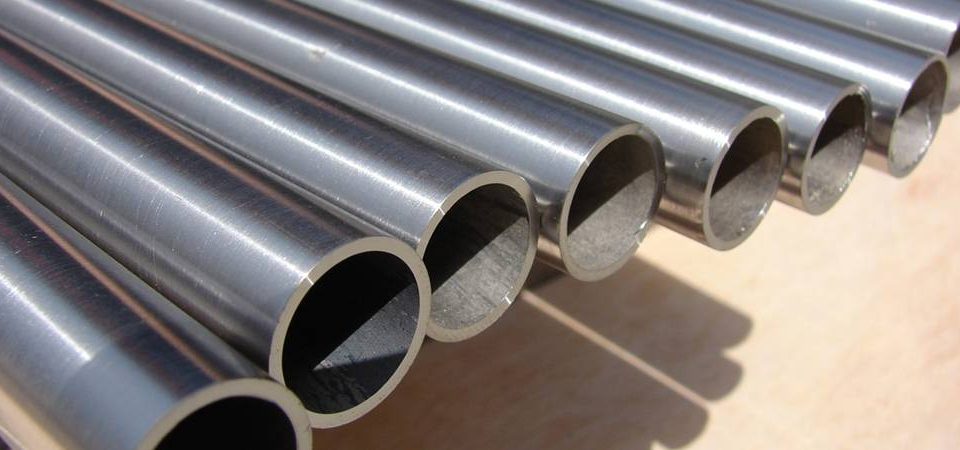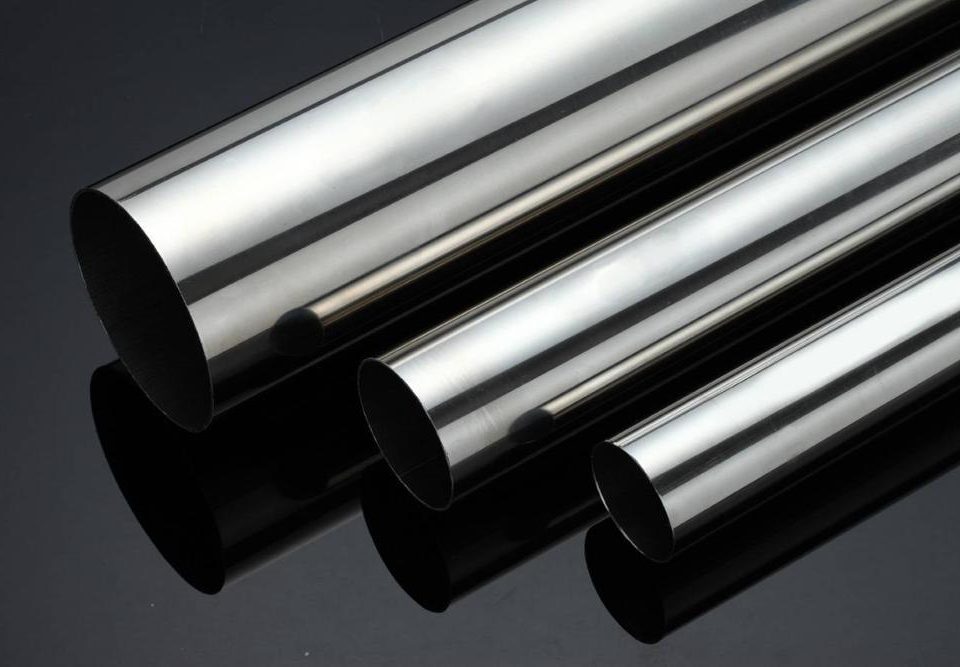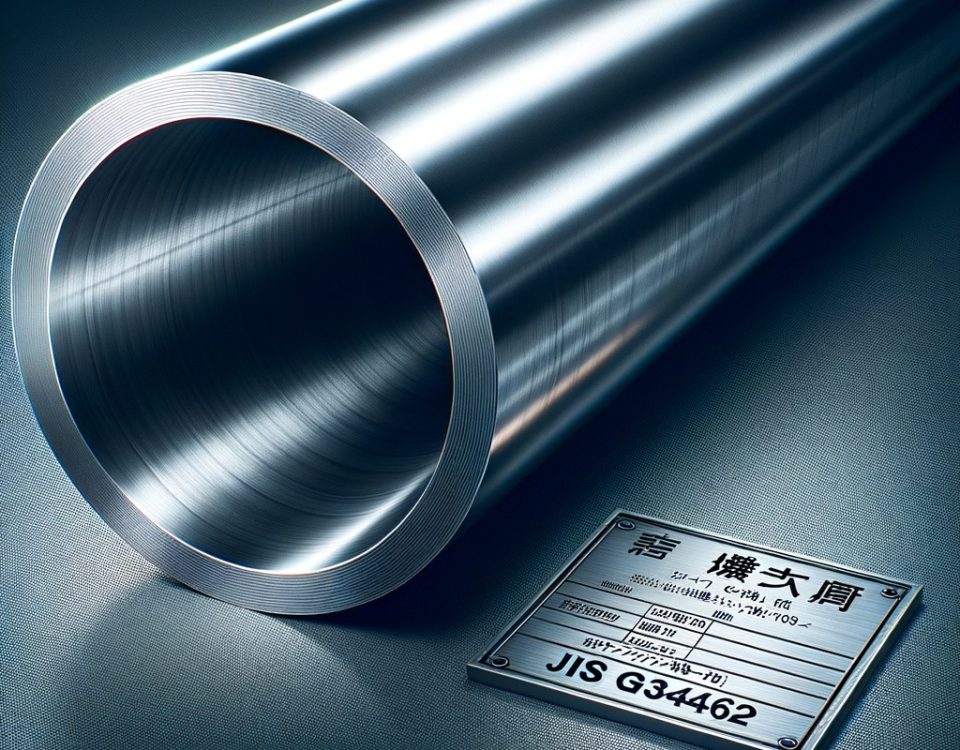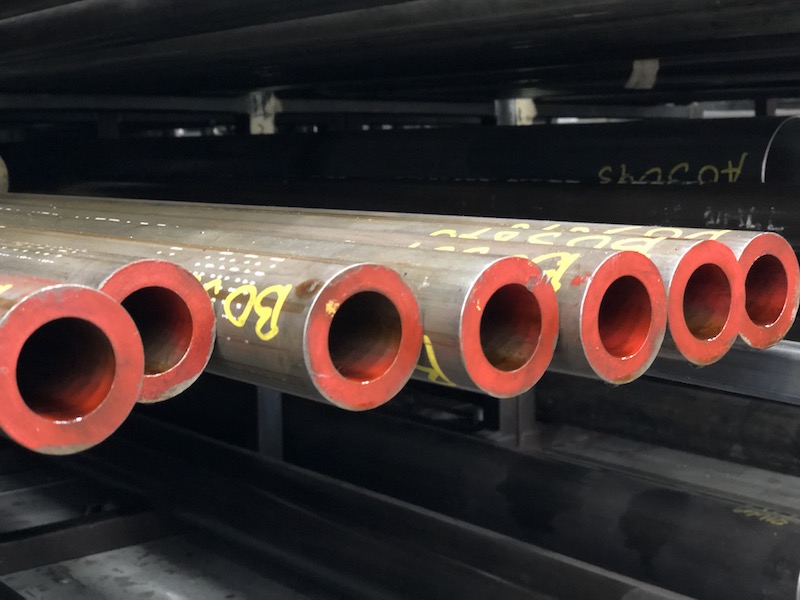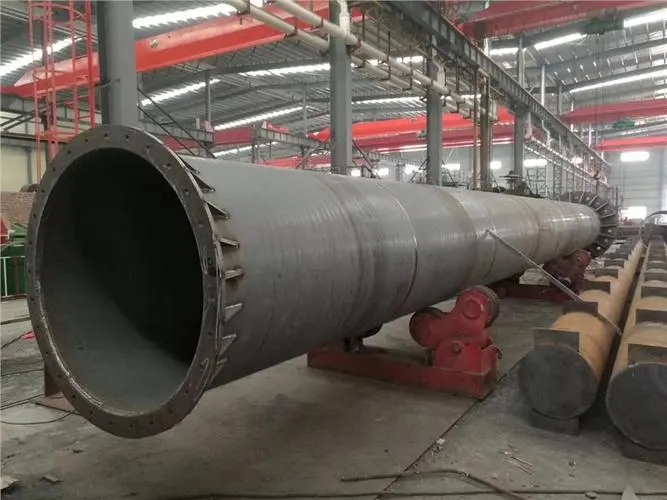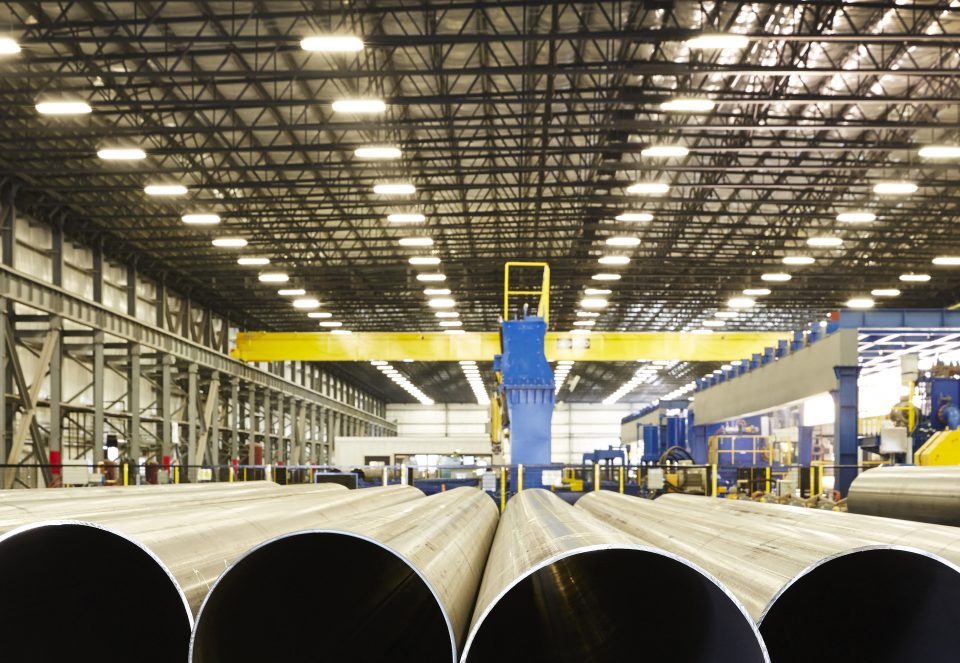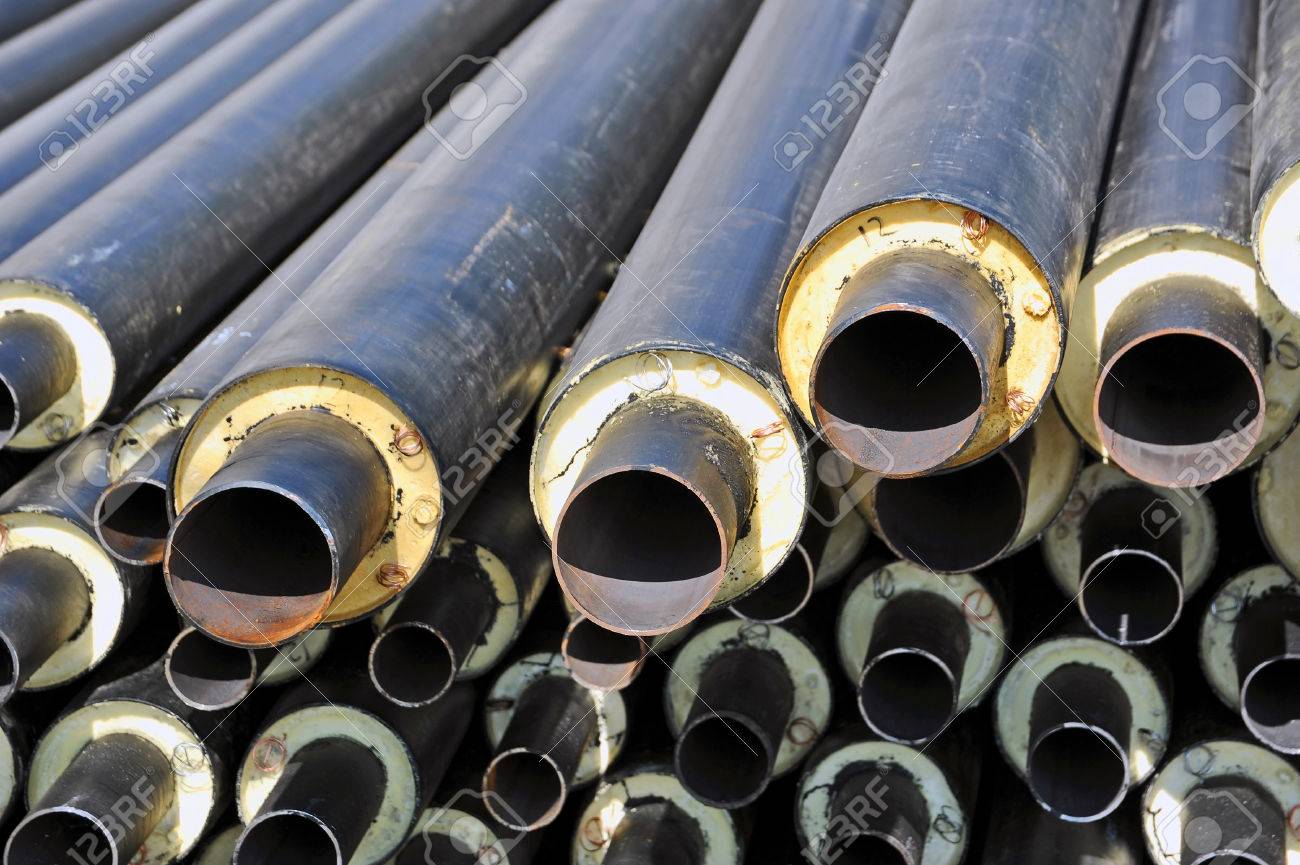
Steel Pipe With Heat Insulation | polyurethane thermal insulation steel pipe
May 23, 2018
The difference between ERW steel pipe and spiral steel pipe
June 3, 20181. Prospecting: After the steel plate used for manufacturing large-diameter submerged arc welded straight seam steel pipes enters the production line, a full-plate ultrasonic inspection is first performed;
2. Milling: Double-sided milling of the two edges of the steel plate by the edge milling machine to achieve the required plate width, plate edge parallelism and groove shape;
3. Pre-crimping: Pre-bending machine is used to pre-bend the edge so that the edge of the board has a curvature that meets the requirements;
4. Forming: In the JCO molding machine, first half of the pre-bent steel plate is punched several times and pressed into a “J” shape. Then, the other half of the steel plate is also bent and pressed into a “C” shape to form an opening. The “O” shape
5. Pre-welding: seaming the formed straight welded steel pipe and using gas shielded welding (MAG) for continuous welding;
6. Internal welding: Use vertical multi-wire submerged arc welding (up to four wires) to weld inside the straight seam steel pipe;
7. Outer welding: use vertical multi-wire submerged arc welding to weld outside LSAW steel pipe;
8. Ultrasonic inspection I: 100% inspection of the internal and external welds of the longitudinal welded steel pipe and the base metal on both sides of the weld;
9. X-ray inspection I: 100% X-ray industrial television inspection of internal and external welds, using image processing systems to ensure detection sensitivity;
10. Expanding: Expand the length of the submerged arc straight seam steel pipe to increase the dimensional accuracy of the steel pipe and improve the distribution of the internal stress of the steel pipe.
11. Hydraulic pressure test: The root diameter of the expanded steel pipe is tested on the hydrostatic testing machine to ensure that the pipe meets the required test pressure. The machine has automatic recording and storage functions;
12. Chamfering: the pipe after passing the inspection is processed at the pipe end to meet the required pipe end groove size;
13. Ultrasonic inspection II: Ultrasonic inspections are performed one by one to check for possible defects in the longitudinal welded steel pipe after diameter expansion and water pressure.
14. X-ray examination II: X-ray industrial television inspection and tube-end weld seam inspection of steel pipes after diameter expansion and hydrostatic pressure testing;
15. Tube end magnetic particle inspection: This inspection is performed to find the tube end defects;
16. Anti-corrosion and coating: The qualified steel pipe is anti-corrosion and coating according to the user’s requirements.

